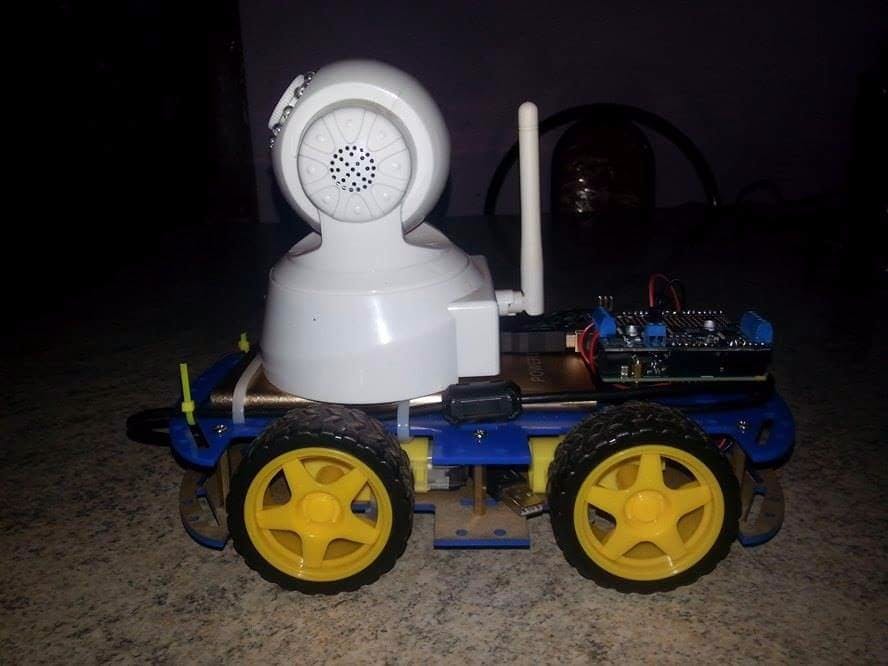Hi Everyone.
Through some projects in Arduino 101, I liked to make a rover with an IP camera. It will be great. You can control your rover using a BLE app (Blynk) and see what's happening.
Let's make itI used a Favolcan power bank - you can also choose any other power source.
- Arrange the chassis
- Put Arduino101 and Adafruit motor shield above it
- Solder it
- Put the connections together.
That's all.
M1 and M2
Blynk app- Make 4 buttons (left, right forward and back)
- Name them in this pattern: v1, v2, v3, v4
- Add a slider to your project for speed - it's v0
- Add a BLE widget
Connect, then play.
ImportantYou want to change the auth [] with your token which you have been emailed (hexagonal logo above in Blynk app).



_baVEVgguW1.jpg?auto=compress%2Cformat&w=48&h=48&fit=fill&bg=ffffff)




Comments